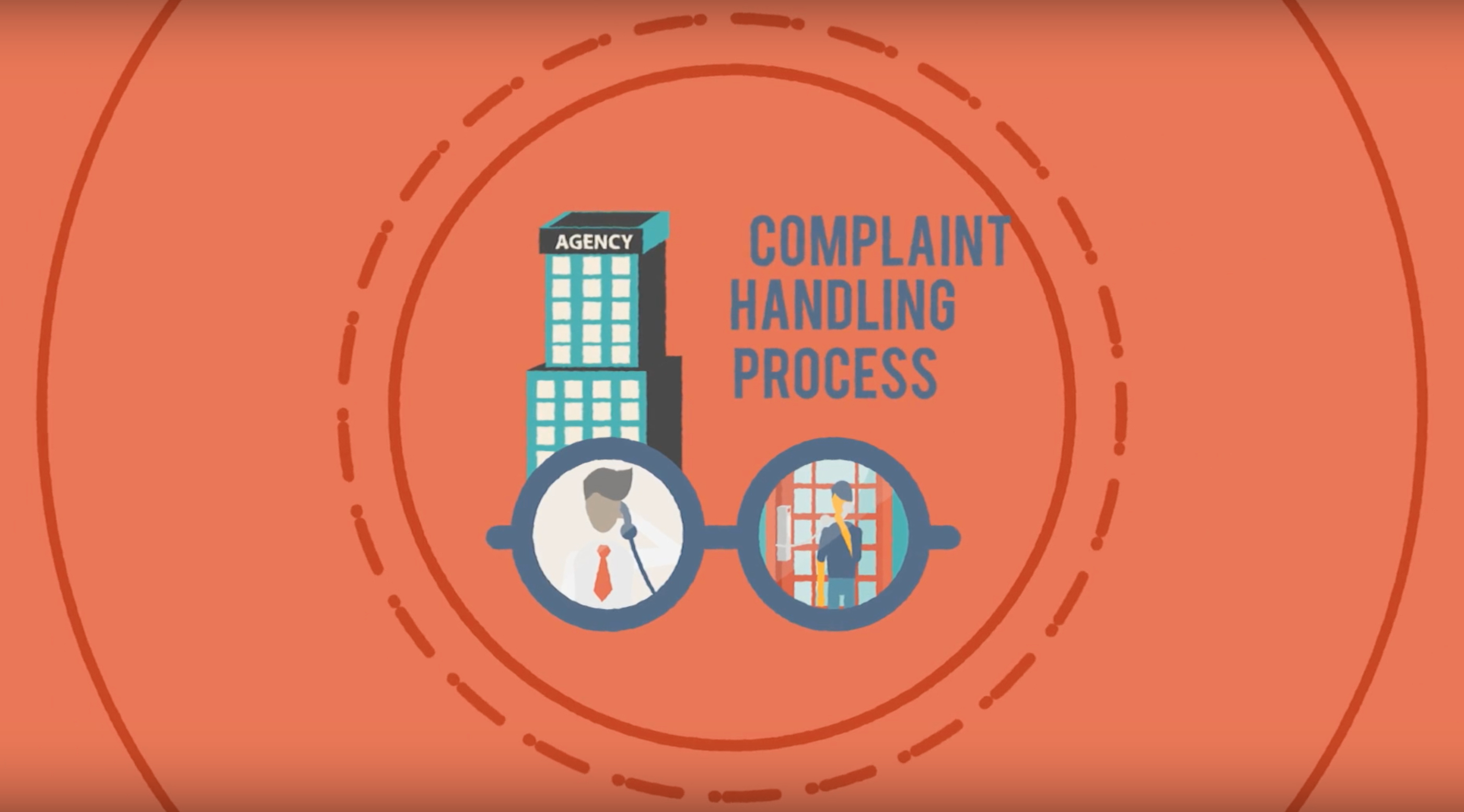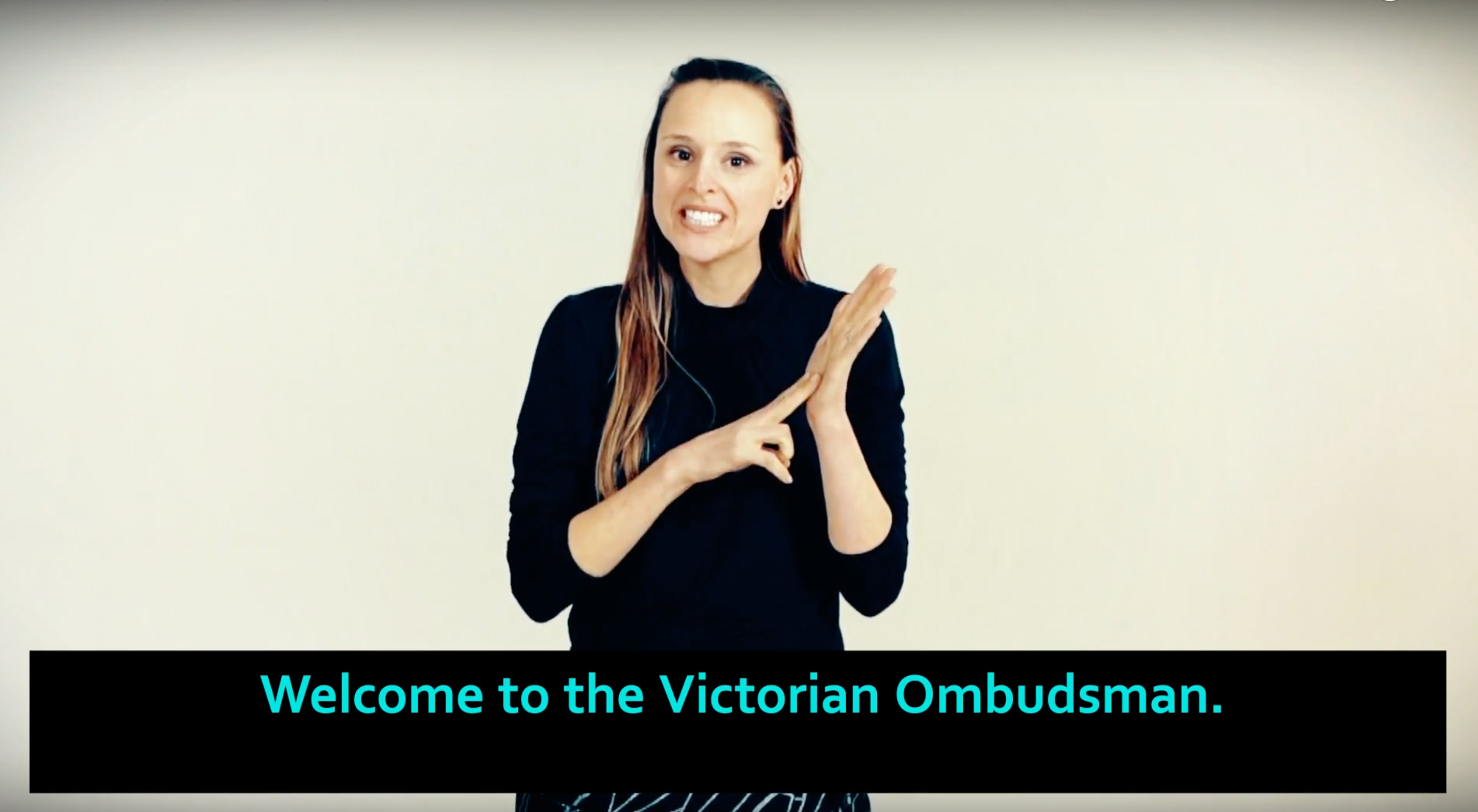An email or letter is best but an initial phone call may help
It is usually best to put your complaint in writing. This is particularly true if you are dealing with a large organisation.
If you write, someone will have the job of answering your letter. And your complaint is more likely to get to the right department or person.
Phoning the organisation
It may help to make a phone call to the organisation first. A phone call can help clarify the issues. And it may help you understand the organisation's complaint-handling procedures. For example, for some complaints, you may need to fill in a special form.
If you do phone the organisation
- tell them about your complaint
- ask if they can help and
- ask what they intend to do.
Keep notes of
- the person's name and position
- the time and date of your call
- what was said.
You may be asked to put your complaint in writing. This is likely if your matter is complicated or there is a significant history to it.
Addressing your email/letter
Send your email/letter to the organisation's complaint-handling area, if there is one.
If you are unable to identify such an area, mark your email/letter to the attention of the head of the organisation (eg the CEO of a Council).
What to include
You should be clear and to the point. Summarise in a couple of sentences what your complaint is about. Don't give unnecessary detail.
Your email/letter should be set out in a logical order and include:
- the date
- your name, address and day-time phone number
- a description of the incident or problem
- dates, places, times, and names of people
- details of any phone conversations and meetings
- any explanations you think are important
- copies of relevant documents
- the result you are seeking.
Tell the organisation what you need
Explain what action you think could resolve your problem. This will give them a chance to fix a mistake or an omission.
Make sure your requests are reasonable.
If your request is realistic and within the power of the person you are writing to, you are more likely to get a result.
Ask for action
- Request that they acknowledge your email/letter in writing.
- Ask the organisation how long it will take to deal with your complaint. If there is a degree of urgency involved, let them know this and explain why.
Four weeks (28 days) is usually a reasonable length of time in which to receive an answer to a non-urgent complaint.
Keep records
It is important that you keep copies of all the emails/letters you send and receive, as well as details of all phone calls.
If you end up making a complaint to us, we will want to see evidence of how they handled your complaint.
Knowing your complaint’s progress
If nothing happens, call the organisation to check on the progress of your complaint. If they are not able to provide you with an update, then write again or contact us.
Dissatisfied with the response?
If you are unhappy with the outcome, ask the organisation what appeal rights are available to you.
After this process, if you are still unhappy about the outcome, complain to us. Or if the organisation has not responded in a reasonable time (say within 28 days), complain to us.








